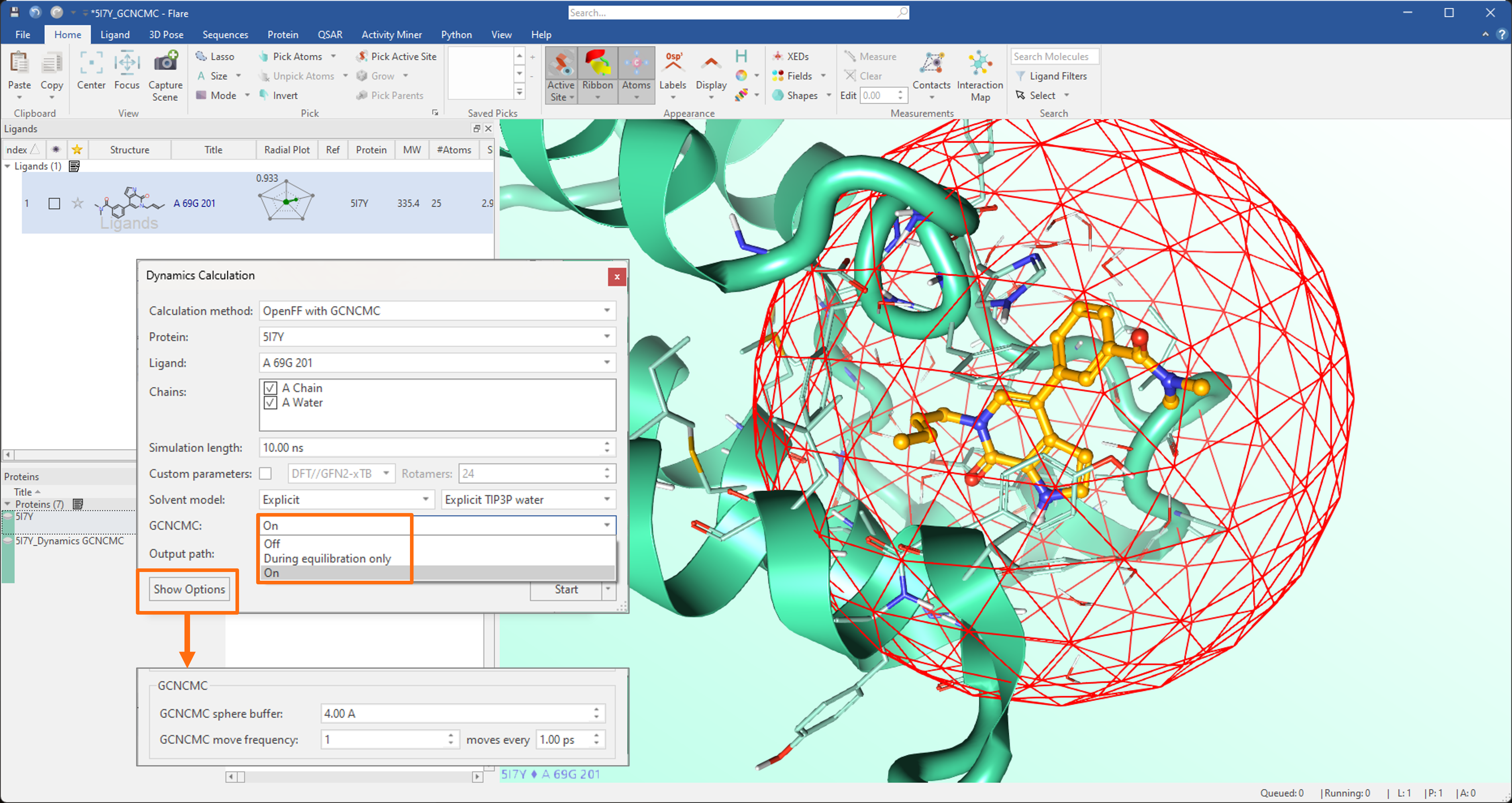Cresset® Creates New Vice President Role to Lead their Artificial Intelligence (AI) Strategy
Cambridge, 15th April 2024 – Cresset an innovative provider of solutions for CADD, DMTA efficiency, and contract research, has expanded ...
News
Cambridge, UK – 31st May 2023 – Cresset, innovative provider of solutions for CADD, DMTA efficiency and contract research, releases Flare™ V7, a comprehensive drug design platform that integrates the power of ligand and structure-based methods.
New features and methods in Flare V7 include significantly enhanced Dynamics and Flare FEP calculations, a new ensemble docking method, enhanced quantitative SAR (QSAR) and Quantum Mechanics (QM) methods, and more tools to troubleshoot Flare FEP experiments, analyze dynamics trajectories, and prepare ligand structures for further studies.
“The new and enhanced methods in Flare V7 are based on our latest science and in response to feedback from our customers of the software, ensuring that we deliver what the users require to accelerate their drug discovery projects,” said Giovanna Tedesco, Head of Products, Cresset. “Developments in our underlying scientific methods deliver efficiencies and enable researchers to work collaboratively in an easy-to-use environment.”
The Flare V7 release includes:

Figure 1: Molecular Dynamics simulation displayed in Flare V7. The GCNCMC option enables an enhanced sampling of hydration patterns in the protein active site.